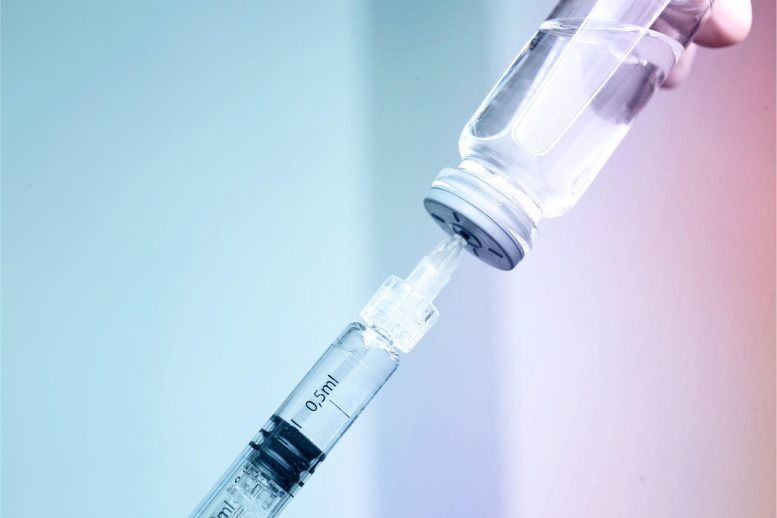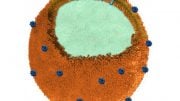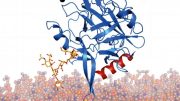
Botox, short for botulinum toxin, is a neurotoxic protein derived from the bacterium Clostridium botulinum. It is widely known for its use in cosmetic procedures to reduce the appearance of wrinkles by temporarily paralyzing facial muscles.
Professor Frederic Meunier and Dr. Merja Joensuu, affiliated with the Queensland Brain Institute at The University of Queensland, have unveiled the precise molecular process through which Botulinum neurotoxin type-A, commonly referred to as Botox, penetrates brain cells. This toxin is produced from a highly lethal biological substance.
“We used super-resolution microscopy to show that a receptor called Synaptotagmin 1 binds to two other previously known clostridial neurotoxin receptors to form a tiny complex that sits on the plasma membrane of neurons,” Professor Meunier said.
“The toxin hijacks this complex and enters the synaptic vesicles which store neurotransmitters critical to communication between neurons.
“Botox then interrupts the communication between nerves and muscle cells, causing paralysis.”
The discovery means new therapeutic targets can be identified to develop effective treatments for botulism – a rare but potentially fatal bacterial infection.
“Now we know how this complex allows the toxin internalization, we can block interactions between any two of the three receptors to stop the deadly toxins from getting into neurons,” Professor Meunier said.
The injectable drug Botox was originally developed to treat people with the eye condition strabismus, but was quickly found to alleviate migraine, chronic pain, and spasticity disorders.
Now, it’s regularly used in plastic surgeries and is commonly known as a cosmetic treatment to smooth wrinkles.
Dr. Joensuu said just how the neurotoxin worked to relax muscles has previously been difficult to track.
“Clostridial neurotoxins are among the most potent protein toxins known to humans,” Dr. Joensuu said.
“We now have a full picture of how these toxins are internalized to intoxicate neurons at therapeutically relevant concentrations.”
Reference: “Presynaptic targeting of botulinum neurotoxin type A requires a tripartite PSG-Syt1-SV2 plasma membrane nanocluster for synaptic vesicle entry” by Merja Joensuu, Parnayan Syed, Saber H Saber, Vanessa Lanoue, Tristan P Wallis, James Rae, Ailisa Blum, Rachel S Gormal, Christopher Small, Shanley Sanders, Anmin Jiang, Stefan Mahrhold, Nadja Krez, Michael A Cousin, Ruby Cooper-White, Justin J Cooper-White, Brett M Collins, Robert G Parton, Giuseppe Balistreri, Andreas Rummel and Frédéric A Meunier, 25 May 2023, EMBO Journal.
DOI: 10.15252/embj.2022112095
UQ acknowledges the collaborative efforts of researchers from the Hannover Medical School, University of Edinburg, and University of Helsinki.









Thanks a million for your great article. These types of Aesthetic medicine information will not only be significantly useful for Ordinary people but also for The Medical Staff. 🎉🤝